

LiDAR, or Light Detection and Ranging, is a surveying method that uses lasers to measure distances and create a 3D model of the land. By mounting LiDAR equipment on a drone, we can quickly and efficiently survey large areas of land without the need for ground-based surveys. This means we can save you time and money while providing you with accurate data.
Our team of experts has years of experience in drone LIDAR surveys in Ireland. We are familiar with the terrain and conditions in Ireland and have the expertise to deliver high-quality results. Whether you need to survey land for construction, agriculture, or environmental purposes, we can provide you with the data you need to make informed decisions.
Find changes and irregularities to coastal landscapes that would otherwise remain invisible.
With the ability to cover larger areas of land during each flight, drone LIDAR is a more efficient alternative.
Help to mitigate the damage caused by flooding through early detection and prevention.
Locate issues and anomalies on man-made structures such as roadways and bridges quickly and easily.
Scan and monitor large areas of farmland to quickly assess data such as slope variation and sun exposure.
Using LIDAR can locate shortcomings or defects that would otherwise be invisible underwater.
Isolate areas that show a high reading of chemicals such as Carbon Dioxide, Sulphur Dioxide and Methane.
Closely understand the variability of your asset's surface down to the scale of individual plants.
The applications of LIDAR survey in domestic and industrial environments are almost limitless. Ask us what it can do for you.




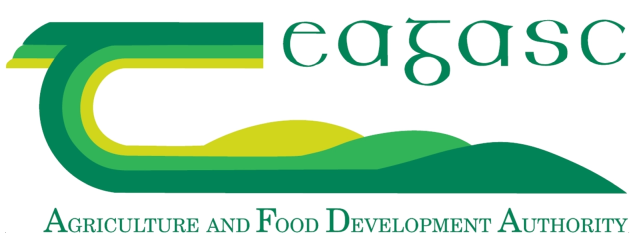


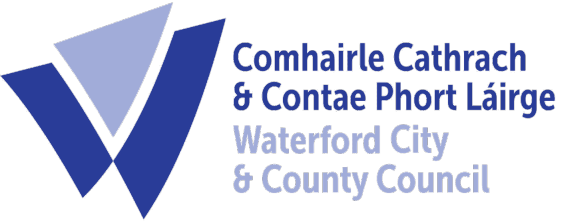

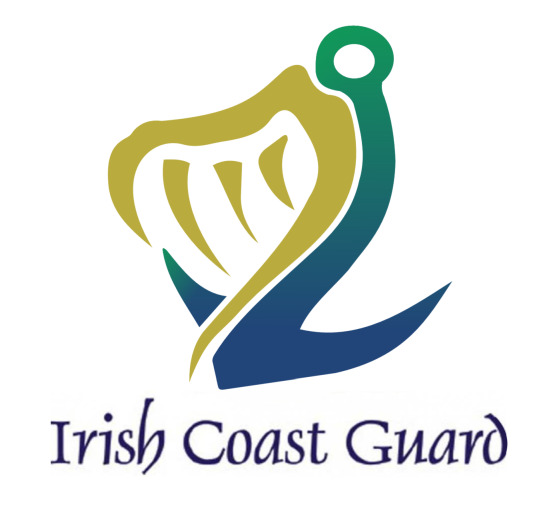
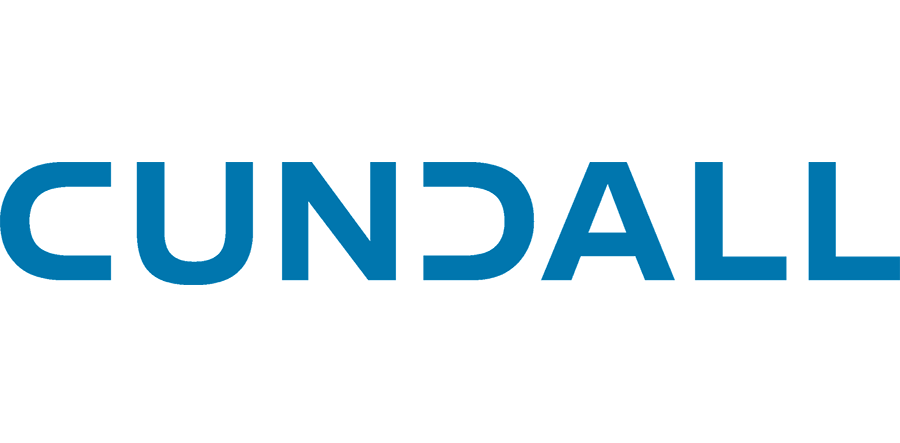

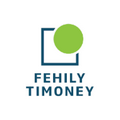

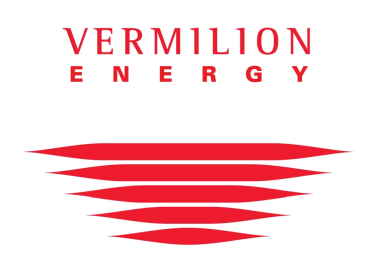

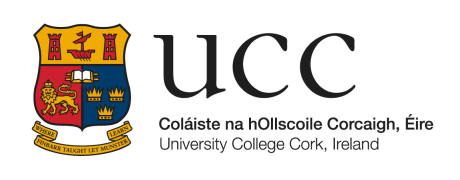




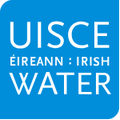

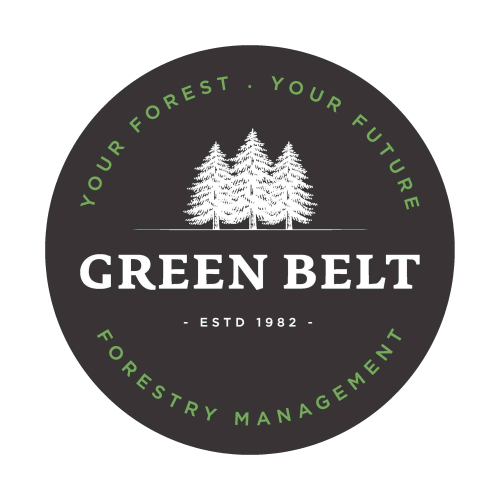





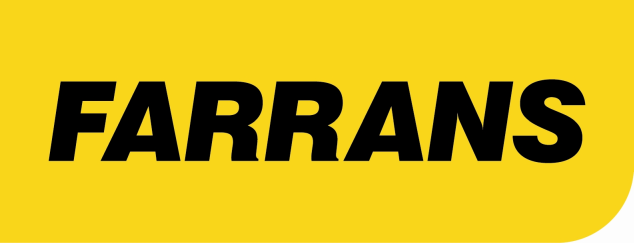
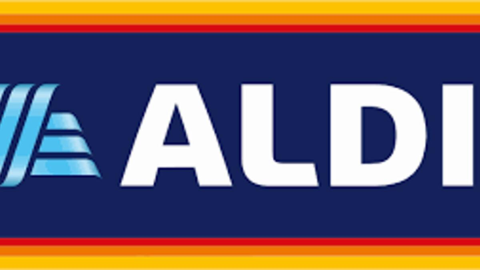






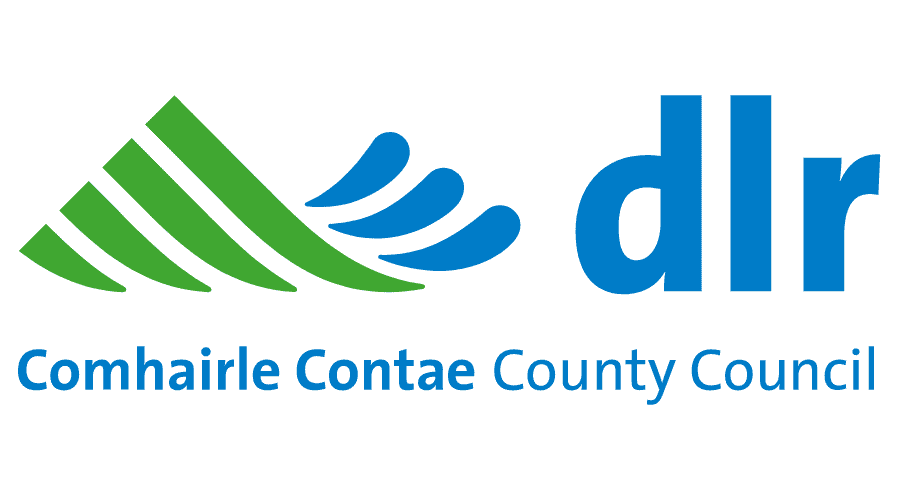
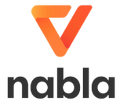

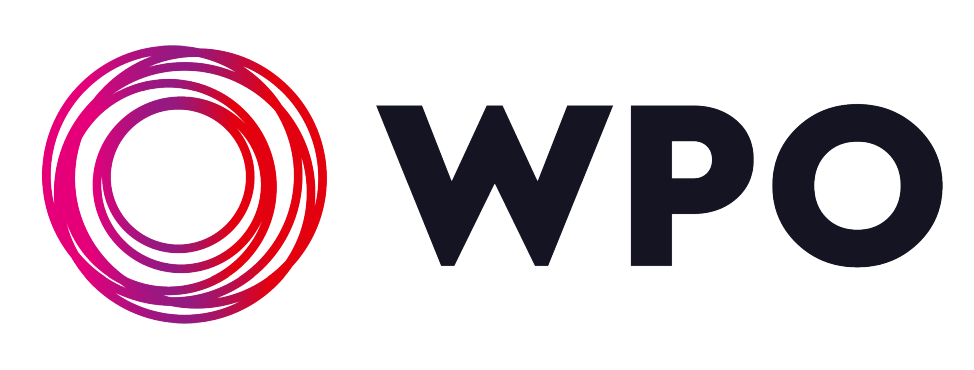
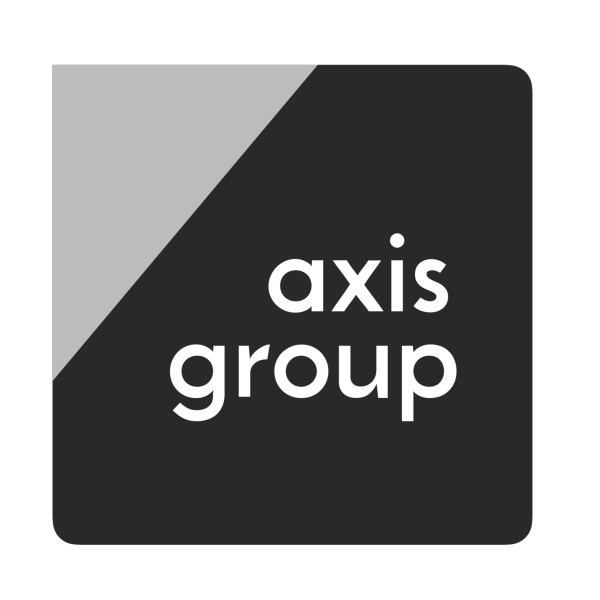





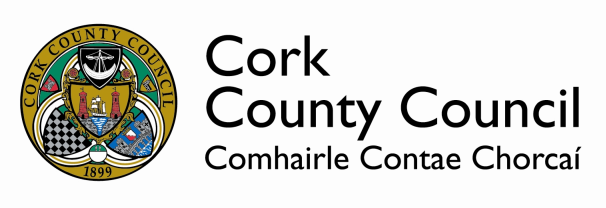

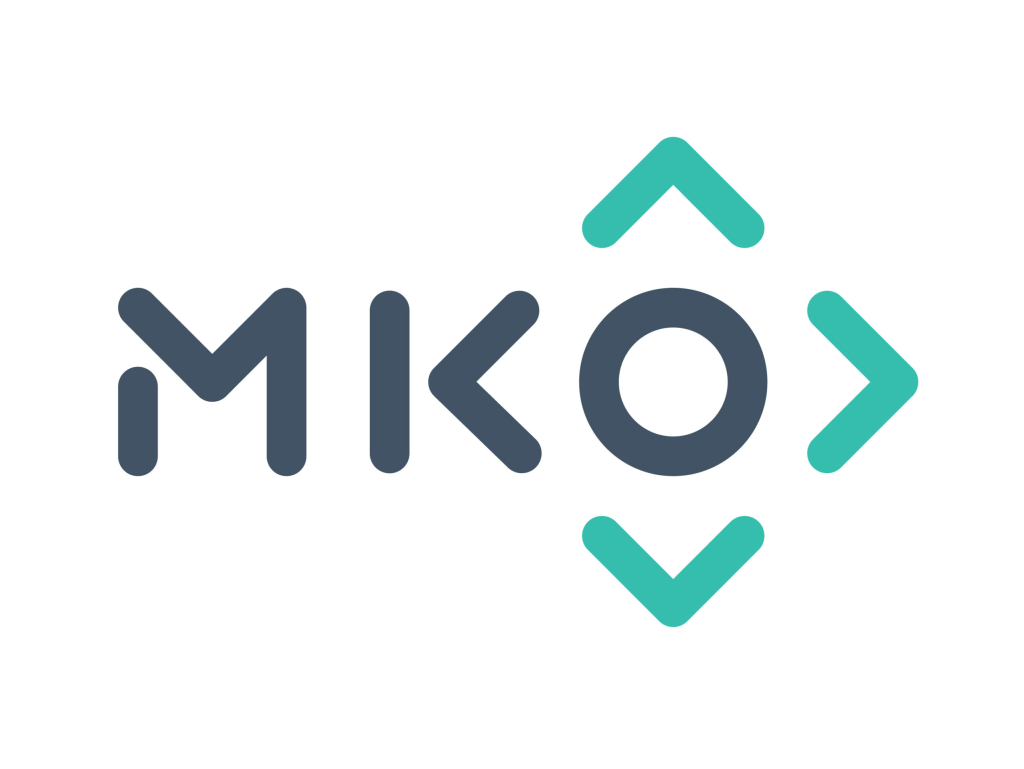
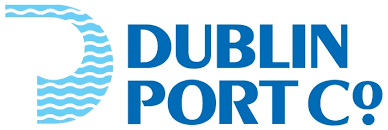

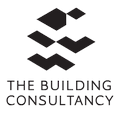

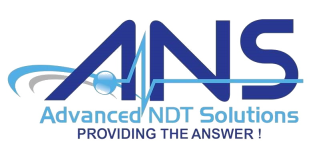





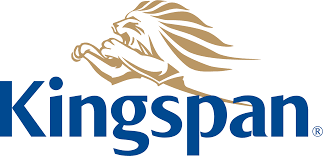



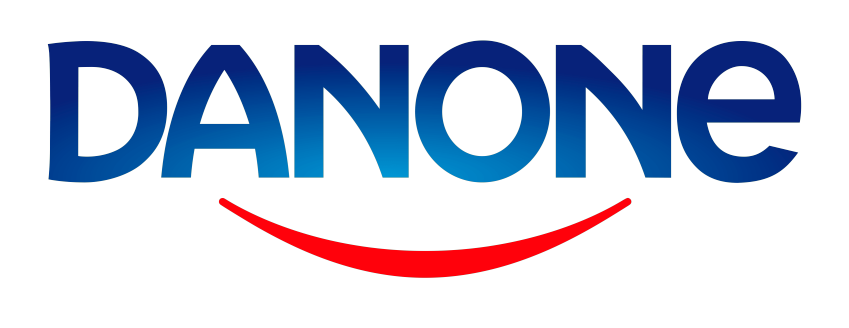








































































































































We use cutting-edge technologies to detect problems that would otherwise be invisible. These include 4K ultra-HD photography/video, LIDAR and thermal imaging.
Drones aren't just for flying up in the sky. Our specialist drones can fly into confined spaces like chimneys and boilers to look for issues that would otherwise be inaccessible.
Downtime is expensive and inconvenient. Using a drone, our engineers can conduct a thorough survey with little to no downtime.
Our equipment won't touch or even go close to your assets. Our high-resolution cameras use optical zoom to give extreme close-up views while staying a safe distance away.
We understand that you need answers fast. We can deliver a plain-English report with clear-cut conclusions in days. Then, you can take the steps you need to and get back to doing what you do best.
Need us there in a hurry? No problem. Let us know what you need, and we can be there on the same day. After all, sometimes the problem just won't wait.
Sometimes the brief can change even in real-time. If need be, you can be stood there right next to the drone operator, directing them as the situation develops.
The safety of your personnel and our own is paramount, and we place it at the forefront of our company culture. Ask us about our HSSE systems and practices.
One of the key advantages of using drone LiDAR services is the speed at which we can survey land. Traditional ground-based surveys can take weeks or even months to complete, but with our drone technology, we can complete the survey in a fraction of the time. This means you can get the information you need quickly and move forward with your project sooner.
Accuracy is also a key advantage of using our drone LiDAR services. Our equipment can provide precise measurements with a high degree of accuracy. This means you can have confidence in the data we provide and make informed decisions based on that data.
In addition to providing accurate data quickly, our drone LiDAR services can also be more cost-effective than traditional surveying methods. With no need for ground-based surveys, we can save you money on labour costs and equipment rental. This means you can get the information you need while staying within your budget.
Drone LiDAR services can quickly and efficiently survey large areas of land without the need for ground-based surveys, saving time and money.
LiDAR technology provides precise measurements with a high degree of accuracy, giving you confidence in the data provided.
By eliminating the need for ground-based surveys, drone LiDAR services can save you money on labour costs and equipment rental.
Drone LiDAR services can be customized to meet your specific needs, ensuring you get the data you need to make informed decisions about your land.
Drone LiDAR services can be used for a variety of purposes, including construction, agriculture, and environmental surveys, making it a versatile tool for land surveying.
Drone LiDAR (Light Detection and Ranging) is primarily used for land surveying and mapping applications. It is a remote sensing technology that uses lasers to measure distances and create a 3D model of the land. Drone LiDAR can be used for a variety of purposes, including:
LiDAR data can be used to survey construction sites and create accurate 3D models of the terrain, which can be used to plan and design structures, such as buildings and roads. More about what we can do for the construction sector...
Drone LiDAR can be used to survey agricultural land, providing farmers with detailed information about their crops, including the density and health of plants, soil moisture content, and more. More about what we can do for farming and agriculture...
LiDAR data can provide insights into the forest's height, density, and structure, allowing forestry professionals to assess the forest's health and identify areas that require attention. More about what we can do for the forestry sector...
LiDAR can be used to survey areas that are difficult or dangerous to access, such as forests or coastlines, and provide detailed information about the terrain and natural resources in the area.
Drone based LiDAR can be used to survey archaeological sites, providing detailed 3D models of the terrain that can help archaeologists locate and map buried structures and artifacts. More about what we can do for civil sector assets...
Drone LiDAR can be used to survey mining sites and provide detailed information about the topography of the area, as well as the location and extent of mineral deposits. More about what we can do for mining and qurrying industries...
While LIDAR drone survey costs vary from project to project, they remain vastly lower than their traditional equivalents. Using a drone, with its LIDAR capabilities, means you can remove the cost of having to use a manned aircraft (plus its crew). Engineers with Drones are fully insured to fly wherever you need. Please contact us for more information or a free quote.
Summary: Use LIDAR for vegetated areas to get an accurate picture of the bare earth, use photogrammetry if vegetation isn't an issue and you want high-resolution imagery.
LIDAR and photogrammetry are both remote sensing technologies that can be used to create 3D models of the terrain. LIDAR is generally more accurate when it comes to complex terrain, especially when it is heavily vegetated. LIDAR may be more expensive and so may not be the best option for projects with limited budgets or tight timelines. Photogrammetry may be a more cost-effective option that is better suited for projects that require high-resolution imagery or detailed texture mapping. However, there are certain situations where one technology may be more appropriate than the other. Here are some factors to consider when deciding whether to use LiDAR or photogrammetry:
LiDAR is generally considered to be more accurate than photogrammetry, especially when it comes to vertical accuracy. If you need highly precise measurements of elevation, such as for engineering or construction purposes, LiDAR may be the better choice.
LiDAR is better suited for surveying areas with complex terrain, such as dense forests or urban environments, where it can penetrate through vegetation and capture detailed data on the ground surface. Photogrammetry, on the other hand, may struggle in areas with a lot of obstructions or limited visibility.
LiDAR equipment and services are generally more expensive than photogrammetry, which uses cameras and software to create 3D models. If budget is a concern, photogrammetry may be the more cost-effective option.
LiDAR can capture data quickly and efficiently, making it a good choice for projects that require a fast turnaround time. Photogrammetry may require more time for processing and may not be as efficient for large-scale projects.
Finally, consider the specific data requirements of your project. LiDAR can capture information on vegetation, buildings, and other structures that may not be visible with photogrammetry. Photogrammetry may be better suited for projects that require high-resolution imagery or detailed texture mapping.
Drone LiDAR (Light Detection and Ranging) technology can generate a range of deliverables, depending on the specific needs and requirements of a project. The deliverables obtained from drone LiDAR can provide highly detailed and accurate information about the terrain, which can be used for a range of applications in a variety of industries. Here are some common deliverables that can be obtained from drone LiDAR data:
A point cloud is a collection of millions of points in 3D space that represent the surface of the terrain. Point clouds are typically used as a starting point for generating other deliverables, such as digital elevation models (DEMs) and 3D models.
A DEM is a digital representation of the elevation of the terrain, with each pixel in the image representing a specific elevation value. DEMs can be used for a range of applications, including flood modelling, urban planning, and precision agriculture.
A 3D model is a digital representation of the terrain that can be used for visualization, analysis, and planning. 3D models can be exported to a variety of file formats and software programs, such as CAD and GIS.
A contour map is a 2D representation of the terrain that shows lines of equal elevation, with the spacing of the lines indicating changes in elevation. Contour maps can be used for a range of applications, including urban planning, environmental studies, and engineering projects.
An orthomosaic is a high-resolution image of the terrain that has been corrected for distortion and geographic scale, allowing for accurate measurements and analysis. Orthomosaics can be used for a range of applications, including land surveying, mapping, and environmental studies.
Drone LiDAR can be used to calculate the volume of materials, such as soil, rock, and gravel, with a high degree of accuracy. This information can be used for a range of applications, including mining, construction, and environmental studies.
Optical zoom is a feature found in cameras that allows you to change the focal-length of the lens, which in turn magnifies the image. Unlike digital zoom, which simply enlarges the pixels of an image, optical zoom physically moves the lens elements to zoom in or out, resulting in a higher-quality, more detailed image.
Optical zoom is better than digital zoom for several reasons. Firstly, optical zoom maintains the image quality and sharpness because it captures more detail from the subject. In contrast, digital zoom often results in a pixelated, blurry image because it enlarges the existing pixels of an image, which degrades the quality.
Secondly, optical zoom allows you to get closer to your subject without physically moving closer, which can be useful in situations where you cannot or do not want to approach your subject closely. This can be especially helpful for wildlife photography or for taking photos of events from a distance.
Overall, optical zoom is a valuable feature that can help you capture high-quality, detailed images from a distance, making it a must-have for many photographers.

UHD or Ultra High Definition signifies that a camera's resolution is 3840x2160 pixels. This is exactly four time higher than high definition cameras (1920x1080 pixels), and so UHD is often also know as 4K. More about drone photography...